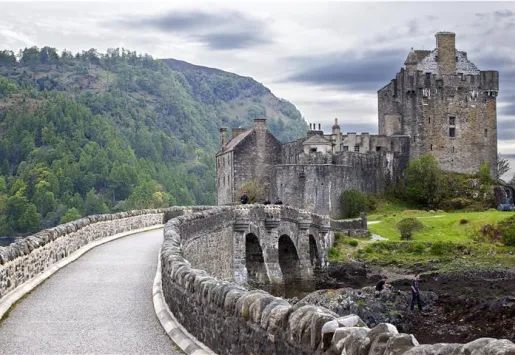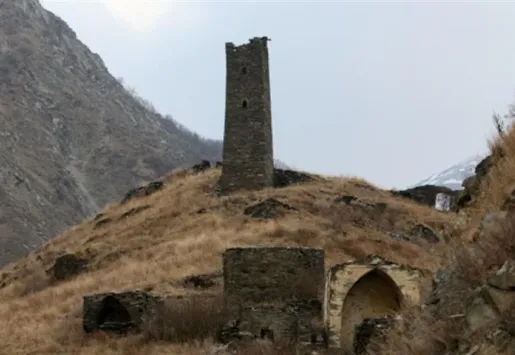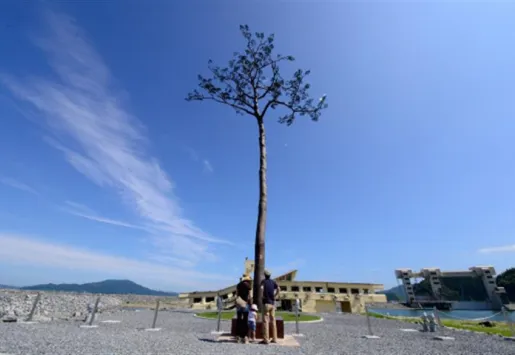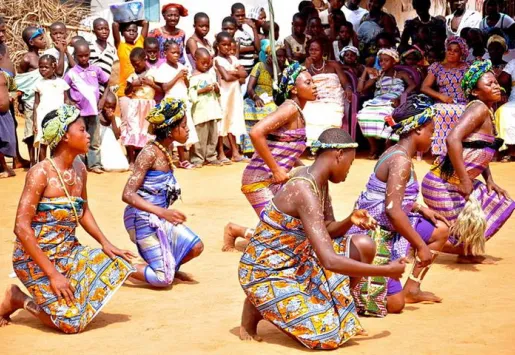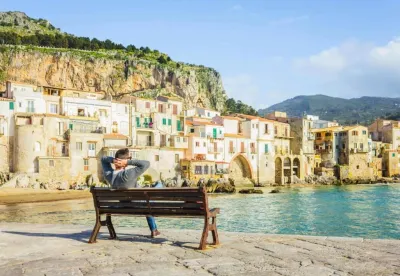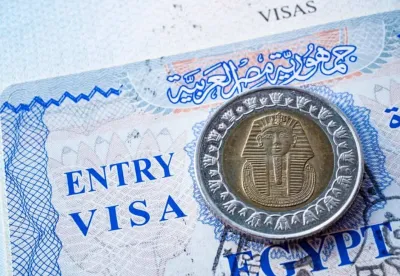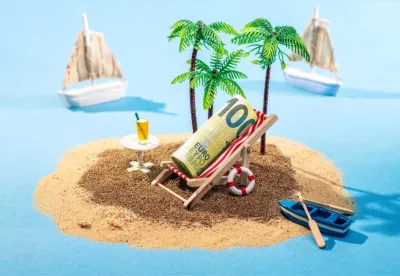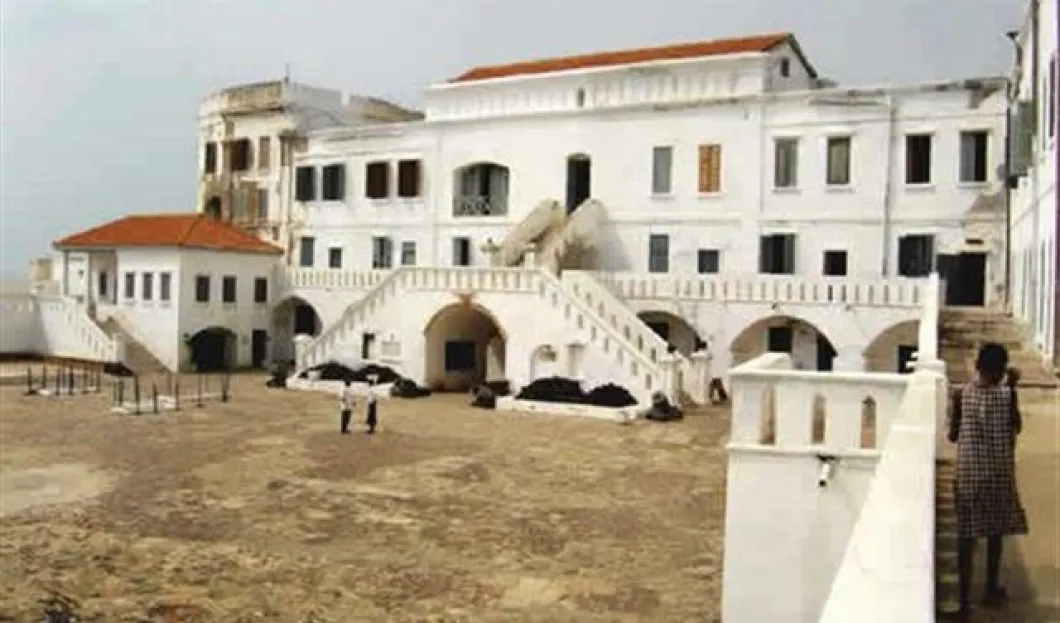
Tourism needn’t be limited to visiting magnificent sites and wonderful art galleries. Many tourists wish to pay tribute even to places with less glamour and more moving, perhaps sad stories. The so-called ‘dark’ tourism is spreading.
Many travelers roam the world to explore outstanding cities, heritage sites, rare art collections and culture; they do this to enjoy themselves while discovering something beautiful.
There are, however, many tourists who wish to explore even the tragic stories already absorbed by the long-gone memories, places, which prove not all accomplishments of our society were noble or just. Dark tourism takes wanderers to former concentration camps or prisons, even landmarks related to slave trade. Those curious to learn more visit the slave castles in Ghana.
A significant part of the history of slave trade relates to Cape Coast in Ghana. Today, visitors come here to see the Cape Coast and Elmina Castles, which for many years witnessed the horrors committed upon local enslaved population. Guided tours will take one on a peculiar journey through dreadful dungeons and the infamous Door of No Return, which only offered one way – slavery in the west.
The Cape Coast Castle was built in 1653 by Swedish traders with timber and gold. Originally named Carolusborg, after the Swedish king Charles X., it eventually came into British hands. Slave trade in the area was booming and the castle became a fortified prison and gateway to the west.
The Portuguese founded the Elmina Castle in 1482 as St. George of the Mine Castle. It is the oldest European building below the Sahara and is recognized by the UNESCO as a heritage site. On the other hand, in the 17th and 18th century, it was the centre of slave trade which gathered slaves in inhuman conditions and later sent them off to their doom.








